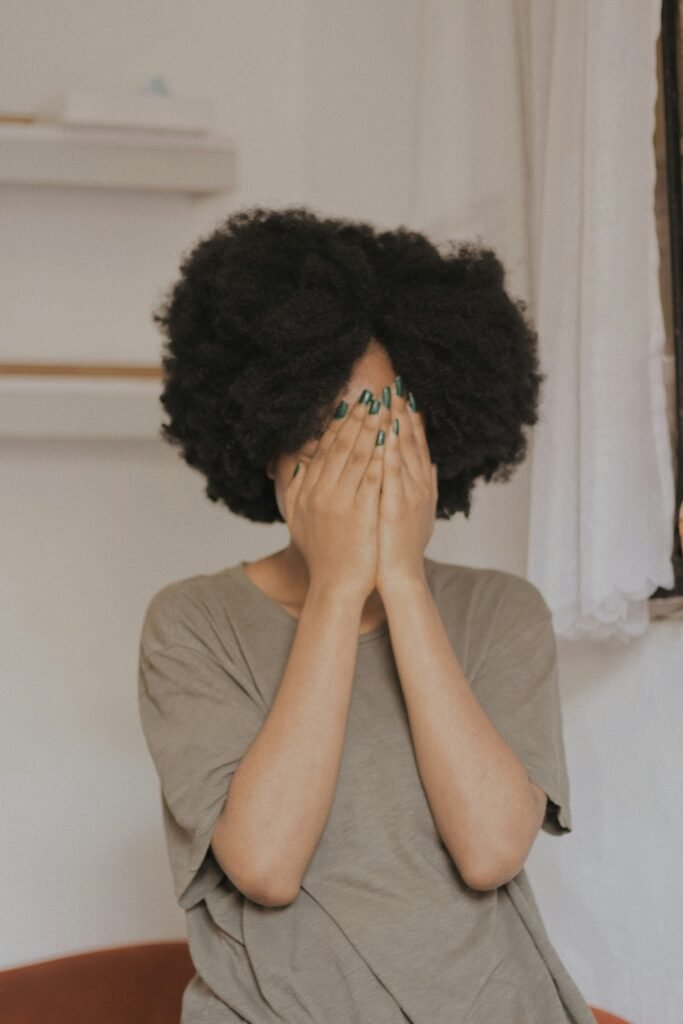Curl pattern policing on social media is a phenomenon where people judge, critique, or make unsolicited comments about how someone’s natural curls should look. This is often seen in communities focused on natural hair, especially among Black individuals, where people are sometimes pressured to conform to a certain standard of “acceptable” or “beautiful” curl patterns. In particular, Type 4 hair, which is the kinkiest and coiliest hair type, is often scrutinized more heavily than looser curl patterns like Type 3 or even straight hair.
How it affects Type 4 hair:
- Pressure to “fit in” with beauty standards: People with Type 4 hair may feel the pressure to alter or manipulate their curls to make them appear looser or more defined, often through heavy use of products or styling tools, or even chemical treatments like relaxers. This can create a disconnect between how someone wants to embrace their hair naturally and how they feel they’re expected to wear it.
- Disempowerment and insecurity: Curl pattern policing can contribute to feelings of inadequacy. When people with Type 4 hair are constantly told their curls aren’t “good enough,” it can negatively impact their self-esteem and their relationship with their hair. They might begin to feel that their natural hair is less beautiful or desirable compared to more “mainstream” curl patterns.
- Devaluing of natural textures: Social media sometimes celebrates certain textures while ignoring or minimizing the beauty of others, often favoring looser curls over tighter ones. This can lead to a limited and distorted perception of what “good” natural hair looks like. This perception doesn’t fully embrace the diversity within the spectrum of natural hair textures, particularly Type 4, which is often sidelined in favor of other curl types.
- Influence on product trends: Brands on social media may cater to the demand for products that promise to “loosen curls” or “define curls,” potentially overlooking products suited for maintaining the health and beauty of tighter curl patterns. This can further alienate those with Type 4 hair and make them feel their specific needs aren’t being addressed.
- Cultural appropriation: Sometimes, curl pattern policing on social media involves promoting hairstyles that are traditionally associated with other cultures—such as using straighteners or chemical treatments to achieve a specific look—without understanding the deep cultural significance of these hair textures in the Black community. This kind of policing can feel like a denial of the historical and cultural importance of natural hair.
Ultimately, the effects of curl pattern policing on social media highlight the need for more inclusivity and celebration of all curl types, including Type 4. It’s important to create spaces where people with all types of hair textures feel empowered to embrace their natural curls without fear of judgment. Social media has the potential to be a space of positivity, where diversity is celebrated, and every curl pattern is respected.

